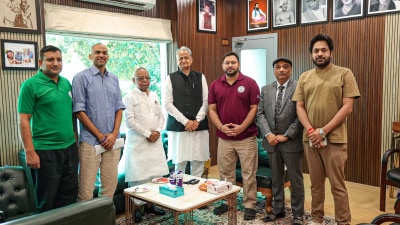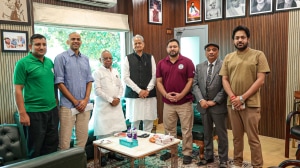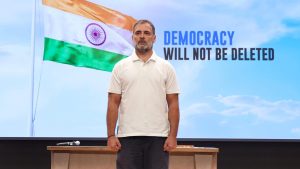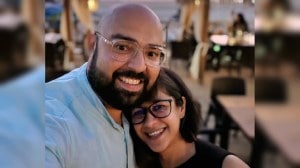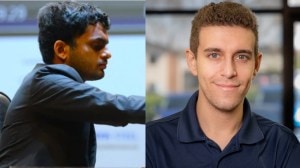No time to waste? Just cut and paste
Aaj Tak’s lightweight programmes, even their ‘special reports’, show up a lack of basic research

The most disturbing thing on TV this week, at least for your columnist: a church spokesperson on an Aaj Tak news bulletin saying 35 per cent of this country’s people are illiterate, therefore simple, and therefore can’t be allowed to see films like Da Vinci Code and come away with the wrong idea of Christianity. How supremely condescending — these 35 per cent Indians can vote to choose their government but can’t go and see a film. This must be one of the founding hypotheses of those who arrogate to themselves the right to determine what the ‘‘masses’’ can or cannot do/see/think/read. A Hindu priest or a Muslim cleric would offer variations of the same argument if their idea of religion is offended. Pity that the gentleman who told us that 350 million Indians are not fit to choose for themselves didn’t get more airtime — he deserved the toughest grilling Indian TV journalism can offer.
Given an opportunity to question the arrogance of the pious, though, I am afraid I’m not sure Aaj Tak would have been up to it. Like many, many news consumers I had taken to Aaj Tak for its breezy yet sharp style, for its putting news at the centre of TV journalism. Sure, over the years, the freshness inevitably and understandably goes and as the market gets crowded distinctiveness gets harder to establish. But does this have to mean cut-and-paste journalism takes the place of special reports?
That has started to happen to Aaj Tak. Take its special report on Friday on the Da Vinci Code story. It was striking in its determination to be superficial. The first part introduced Christianity with less finesse than a bad NCERT textbook. The other sections on the making of the film, its introduction at Cannes and Christian groups’ protests were cut and paste — I sat through the whole thing for one new piece of information or an interesting interpretation, some evidence of journalistic creativity. This isn’t a special report.
Neither, needless to say, do hidden cameras make one. Aaj Tak travelled to Bihar to capture goons selling guns and to Delhi hotels to catch Baltic and Central Asian blondes selling sex. Neither of course is, as they say, breaking news. But hard work, admittedly a lot of it, could have made interesting stories. Impossibly grainy footage of sofa legs and ceilings — what one mostly saw in the gun story — somehow fails to convey the impression of good journalism. Filming the blondes who arrived at the Delhi hotel rooms was of course easier. But not as easy as calling up numbers advertised in newspapers and arranging for a rendezvous. Surely a special report must tell us more than the fact that money can buy sex easily in Delhi.
My impression is that Aaj Tak is probably trying to look for the lower denominators in the vernacular news report. Some story titles — the special report on high end prostitution was called ‘Kala dhanda, gore log’ — seem to indicate this. The slightly obsessive manner in which Aaj Tak covers anything related to Dawood Ibrahim suggests this. The way it goes on about the smallest things that happen to Indian cricket suggests this, too. I hope I am wrong about this and it would be wonderful to see some evidence.
Good TV journalism isn’t rocket science — neither, of course, is good print journalism — as was shown by NDTV’s feature on farmer suicides in Punjab. It was tightly edited, had spare but effective visuals and a commentary that was neither preachy nor uninformed. NDTV’s features, in English and Hindi, tend to be better thought out and better executed that most competitors’. Mostly, they have a measured tone. A measured tone, a certain degree of sophistication are what I miss most in Aaj Tak these days.
saubhik.chakrabarti@expressindia.com






- 01
- 02
- 03
- 04
- 05


